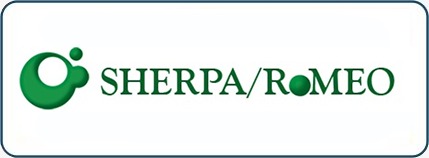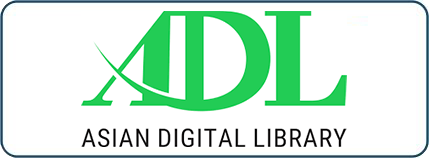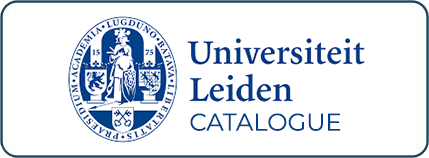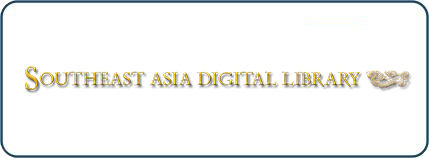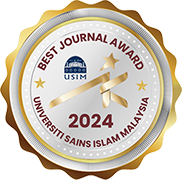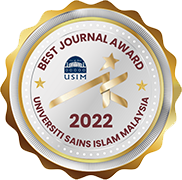إحياءُ واستثمارُ الأراضي الْمَوات في ماليزيا من خلال التمويل الأصغر الإسلامي
REVITALIZING AND INVESTING ABANDONED LAND IN MALAYSIA THROUGH ISLAMIC MICROFINANCE
DOI:
https://doi.org/10.33102/mjsl.vol11no2.512Keywords:
إحياء الأرض الموات, استثمار الأراضي, الفقه الإسلامي, التمويل الإسلامي, abandoned land, land investment, Shariah principles, Islamic jurisprudence, Islamic microfinanceAbstract
This study aims to identify the revitalization and investment of abandoned land through Islamic microfinance in Malaysia, with a specific emphasis on the state of Negeri Sembilan. It discusses the concept of abandoned lands, examining methods for their revitalization and investment in accordance with the principles of Islamic law. In this regard, revitalizing and investing in abandoned land is posited as a solution to the financing problems faced by small and medium enterprises as well as enhance opportunities to increase the income of poor people in the Malaysian society. The study employed the descriptive analysis approach in demonstrating the importance of revitalizing and investing the abandoned land through Islamic microfinance approach which will boost the efforts of microfinance institutions in reducing poverty and overcoming the consequences of the COVID-19 pandemic. A key finding is that investing in abandoned land, in line with Shariah principles, offers an innovative approach to utilizing these lands for productive projects and reflects the importance of Islamic microfinance and its response to the requirements of revitalizing the abandoned land efficiently and effectively.
ملخص البحث
تهدّفُ هذه الدَراسة إلى التعريف بإحياء الأرض الموات واستثمارها من خلال التمويل الأصغر الإسلامي في ماليزيا؛ وعلى وجه الخصوص في ولاية نجري سمبيلان، وتحاول مناقشة مفهوم الأرض الموات في الفقه وطرق إحيائها واستثمارها وفقاً للضوابط الشرعية في الفقه الإسلامي، وبهذا الاعتبار فإنَّ إحياء الأرض الموات واستثمارها سيوفر حلاً لمشكلات التمويل التي تواجهها المشروعات الصغيرة والمتوسطة، ويعزز من فرص زيادة دخل الفئات الفقيرة في المجتمع الماليزي، تعتمد الدّراسة على منهج التحليل الوصفي في بيان أهمية إحياء الأرض الموات واستثمارها ، والدور الذي يمكن أن تقوم به صيغ وأساليب التمويل الأصغر الإسلامي في إحياء الأرض الموات وتهيئتها للاستخدام الإنتاجي الذي سيعزز من جهود مؤسسات الإقراض الصغيرة أو صناديق دعم الفقراء الأهلية والرسمية في التقليل من الفقر، وتجاوز تداعيات ما بعد جائحة كوفيد-19 على محدودي الدخل. ومن النتائج التي توصلت إليها الدِّراسة أن استثمار الأراضي الموات وفقاً لمبادئ الشريعة الإسلامية يمثل مدخلاً بديلاً لتوظيف الأراضي واستغلالها في مشروعات إنتاجية، ويعكس أهمية التمويل الأصغر الإسلامي وتلبيته لمتطلبات إحياء الأرض الموات واستغلالها بكفاءة وفاعلية.
Downloads
References
Al-Bayhaqi, Abu Bakr Ahmed bin Al-Hussein bin Ali. (2018). Al-sunan al-kubraa wa fi zayilhi al-jawhar al-naqi. Beirut: Dar Al-Risala.
Al-Bukhari, Muhammad bin Ismail. (2002). Sahih al-Bukhari. Damascus: Dar bin Katheer.
Al-Kharshi, Muhammad bin Abdullah. (2014). Sharh mukhtasar khalil. Beirut: Dar Al-Fikr.
Al-Nawawi, Muhyiddin Yahya bin Sharaf. (1994). Al-minhaj fi sharh sahih Muslim bin al-hajjaj. Beirut: Muasasat Qurtiba.
Al-Qurtubi, Muhammad bin Ahmed bin Abi Bakr. (2006). Al-jami` fi ahkam al-Qur’an: Tafsir al-Qurtubi. Damascus: Muasasat Al-Risalati.
Al-Sarjani, Ragheb. (2005). Al-mawsuat al-muyasarat fi al-tarikh al-Islamiyy. Cairo: Muasasat Iqra.
Al-Sarkhasi, Shams al-Din Abu Bakr Muhammad ibn Abi Sahl. (2000). Al-Mabsout li al-Sarkhasi. Beirut: Dar Al-Fikr.
Al-Subhi, Muhammad Abd Rabbo Muhammad. (2015). Ihya' al-ard al-mawat fi al-shariah al-Islamyyati. Egypt: Tanta University.
Al-Zarkashi, Badr al-Din Muhammad bin Bahadur bin Abdullah. (2000). Al-bahr al-muhit fi 'usul al-fiqh. Beirut: Dar Al-kutub Al-Ilmiyyat.
Al-Zuhaili, Wahbah. (din). Al-fiqh al-Iislami wa adillatuhu. Damascus: Dar Al-Fikr.
Bin Hanbal, Ahmed bin Muhammad. (1999). Musnad al-imam Ahmad bin Hanbal. Damascus: Muasasat Al-Risala.
Ibn Arafah, Muhammad bin Muhammad. (1986). Tafsir Ibn Arafa Al-Maliki. Tunisia: Markaz Al-Buhuth bi Al-kulliyat Al-Zaytuniati.
Ibn Qudama, Abdullah bin Ahmed bin Mohammed. (2010). Al-Mughniy wa yalih al-sharh al-kabir. Beirut: Dar Alam al-Kutub.
Khairuddin, N. K., & Ishak, M. S. I. (2021). Waqf Based Crowdfunding for University Students: A Maqasidic Perspective. AL-MAQASID The International Journal of Maqāṣid Studies and Advanced Islamic Research, 2(2), 1–11. https://doi.org/10.55265/almaqasid.v2i2.14
Mahmoud Edris, MS Bashir, YSA Bakar, AS Baharuddin. (2021). The role of microfinance in helping the poor: Amanah Ikhtiar Malaysia as a model. Dirasat: Human and Social Sciences, 48(2), 673-683.
Serji, R. M. (2020). Pemakaian sistem Torrens dalam perundangan tanah Malaysia dan kesannya terhadap ihya al-mawat. Journal Al-Irsyad, 5(2), 463-471.
Sulaiman, S., & Hasan, A. (2016). Strategi pembangunan dan pelaburan wakaf secara lestari menurut perspektif Syariah. Jurnal Syariah, 24(2), 237-270.
Syahnaz Sulaiman, Aznan Hasan. (2017). Dynamism of waqf of unit trusts from Shariah perspective. Jurnal Syariah, 25(2), 157-186.
Downloads
Published
Issue
Section
Categories
License
Copyright (c) 2023 Mahmoud Mohamed Ali Mahmoud Edris, Mohamed Sharif Bashir, Baidar Mohammed Mohammed Hasan

This work is licensed under a Creative Commons Attribution-NonCommercial 4.0 International License.











